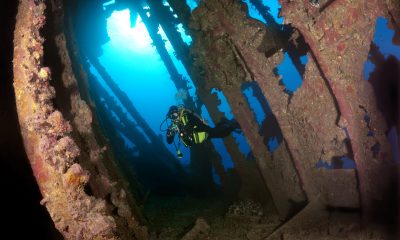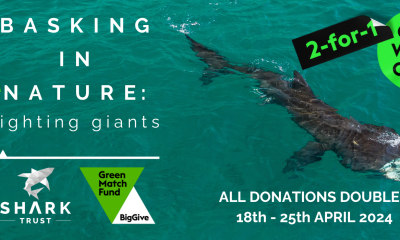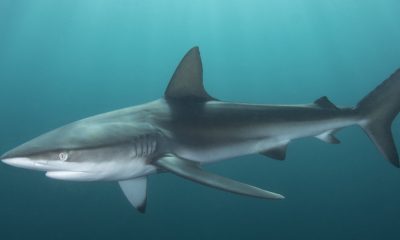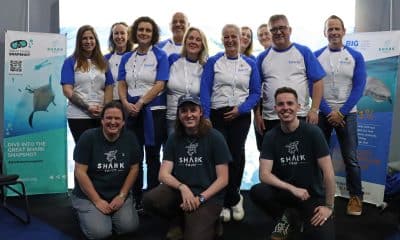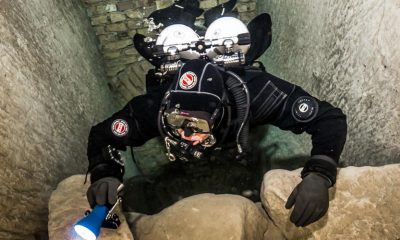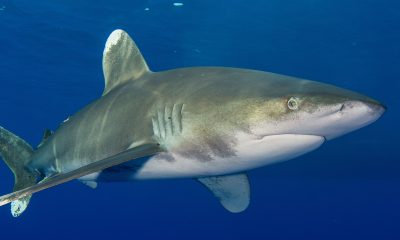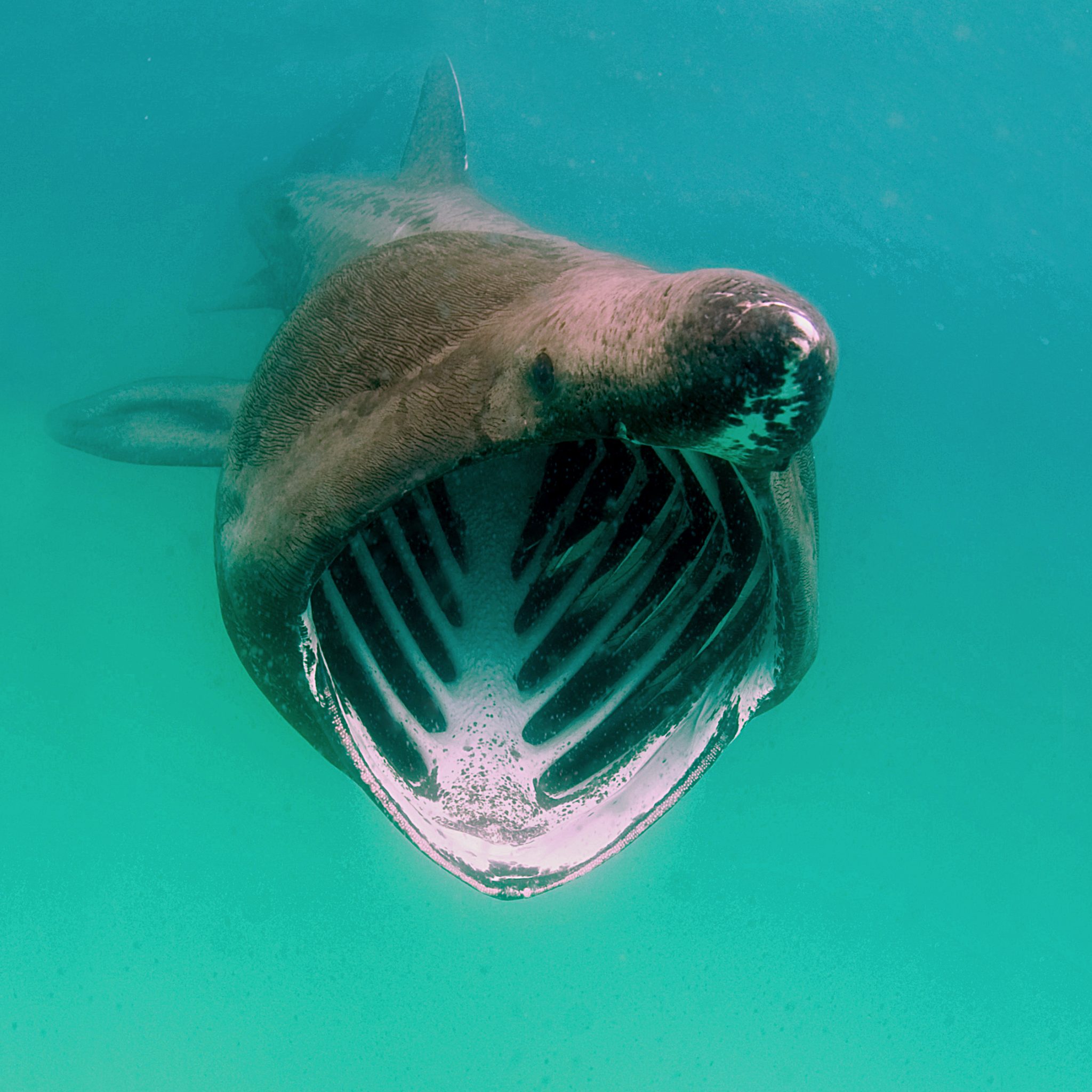News
Conservation groups celebrate new protections for Mako Sharks & Rhino Rays
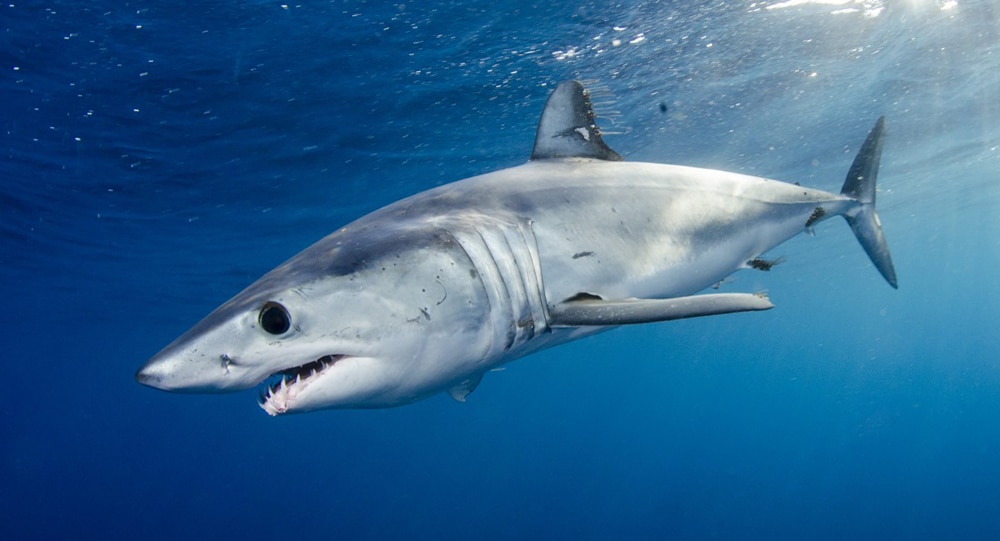
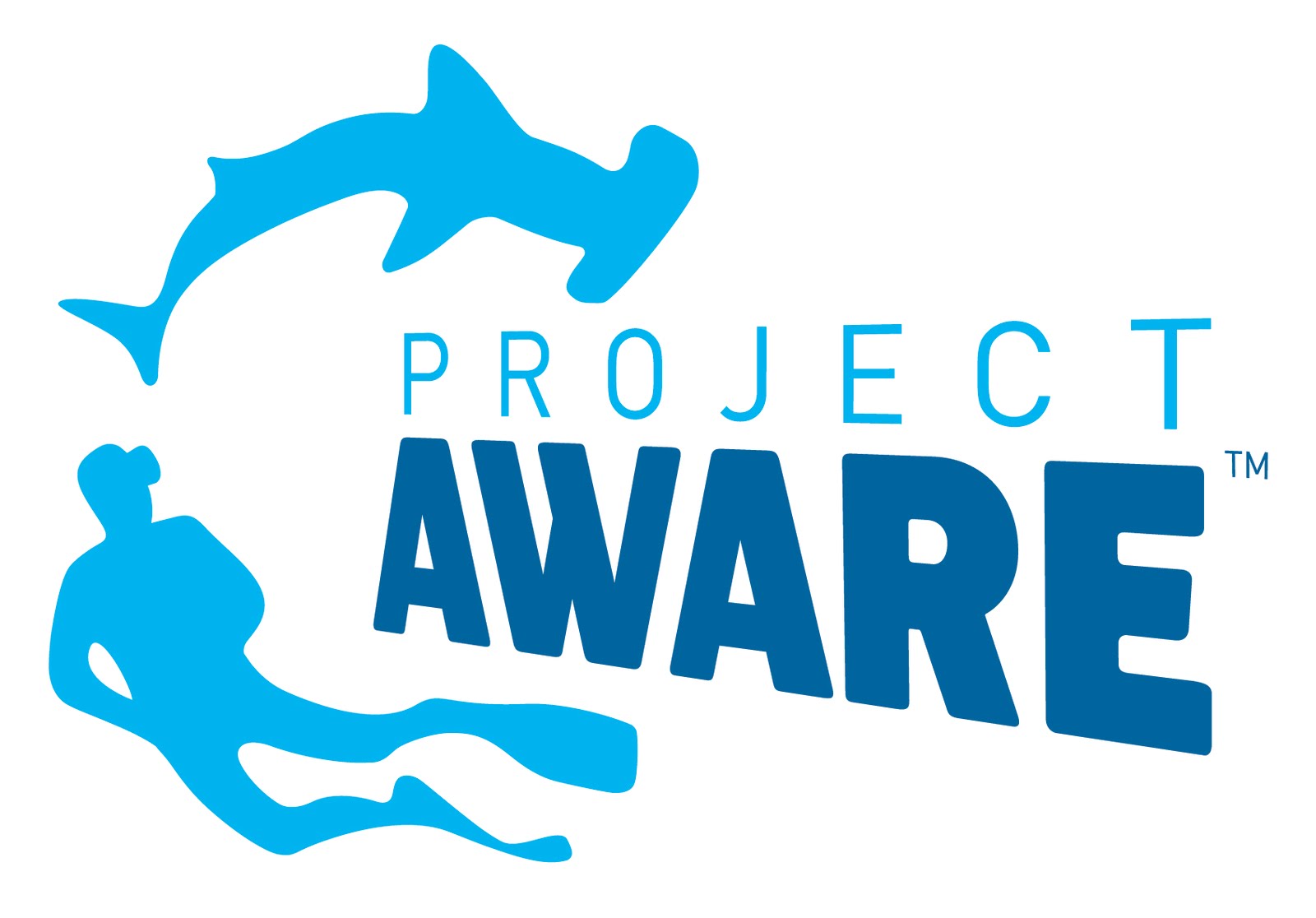 Eighteen Shark and Ray Species Granted New Global Trade Controls at Wildlife Conference
Eighteen Shark and Ray Species Granted New Global Trade Controls at Wildlife Conference
Makos, Wedgefishes, and Giant Guitarfishes listed under CITES with support from more than 100 countries.
Conservation groups are praising today’s confirmation that all species of Wedgefishes, Giant Guitarfishes, and Mako Sharks will be added to Appendix II of the Convention on International Trade in Endangered Species (CITES). The listings mandate that countries track exports as well as high seas take, and demonstrate that internationally traded products from these species are legally sourced from sustainable fisheries.
“Today’s decisions offer promise of a brighter future for these highly threatened shark and ray species, as international trade has been a major factor in depletion of their slow growing populations,” said Sonja Fordham, President of Shark Advocates International, a project of The Ocean Foundation. CITES listing can help end unsustainable use of Makos, Wedgefishes, and Giant Guitarfishes by prompting improved trade data and much-needed limits on exploitation, while complementing other conservation commitments. As fishing is the main threat to sharks and rays, it’s essential that countries’ CITES representatives work with their national fisheries agency counterparts to ensure that the new obligations are carried out over the coming months.
Shortfin Makos, exceptionally valuable and vulnerable oceanic sharks, are at risk from targeted and incidental fishing driven by demand for meat and fins. A lack of limits on take is leading to overfishing and a worldwide decreasing trend. Both the Shortfin Mako and the rarer Longfin Mako Shark are classified as Endangered on the IUCN Red List.
The North Atlantic offers the clearest case of Shortfin Mako overfishing and decline. In 2019, scientists associated with the International Commission for the Conservation of Atlantic Tunas (ICCAT) reported that North Atlantic Shortfin Mako catches need to be cut by roughly an order of magnitude (~3000 to ~300 tonnes per year) to give the population a decent (60%) chance of recovering within five decades. Taking into account incidental mortality, ICCAT scientists are recommending a complete ban on North Atlantic Shortfin Mako retention.
Considering that Spain leads the world in Mako Shark landings, we’re encouraged that the European Union co-sponsored the proposal to list Makos under CITES,” said Ali Hood, Director of Conservation for the Shark Trust. “We urge the EU to underscore this commitment through proposals to immediately ban North Atlantic Shortfin Mako retention and establish concrete catch limits to ensure Mako landings from all other oceans are sustainable. As virtually all fishing countries are CITES Parties, we’ll be watching for support for such Mako limits at regional fisheries bodies around the world, starting with ICCAT in November.“
Wedgefishes and Giant Guitarfishes, collectively known as Rhino Rays (after their pointy snouts), are considered the world’s most threatened marine fishes. All but one of these 16 shark-like ray species have been classified as Critically Endangered on IUCN Red List. Their fins are among the most valuable in the global shark fin trade. The coastal fisheries that target or retain Rhino Rays as bycatch are poorly monitored, essentially unregulated, and increasingly intense.
Rhino Rays are seriously threatened by demand for fins and food, but these extraordinary species have the potential to offer long-term, sustainable benefits as key attractions for ecotourism, particularly in the Indo-Pacific region, said Ian Campbell, Associate Director for Project AWARE. “We are deeply grateful to the many divers who joined us in voicing support for the CITES listings. We now look forward to working with this network and our other partners toward ensuring prompt and full implementation of the international conservation commitments made today.”
Blogs
Northern Red Sea Reefs and Wrecks Trip Report, Part 2: Wall to Wall Wrecks
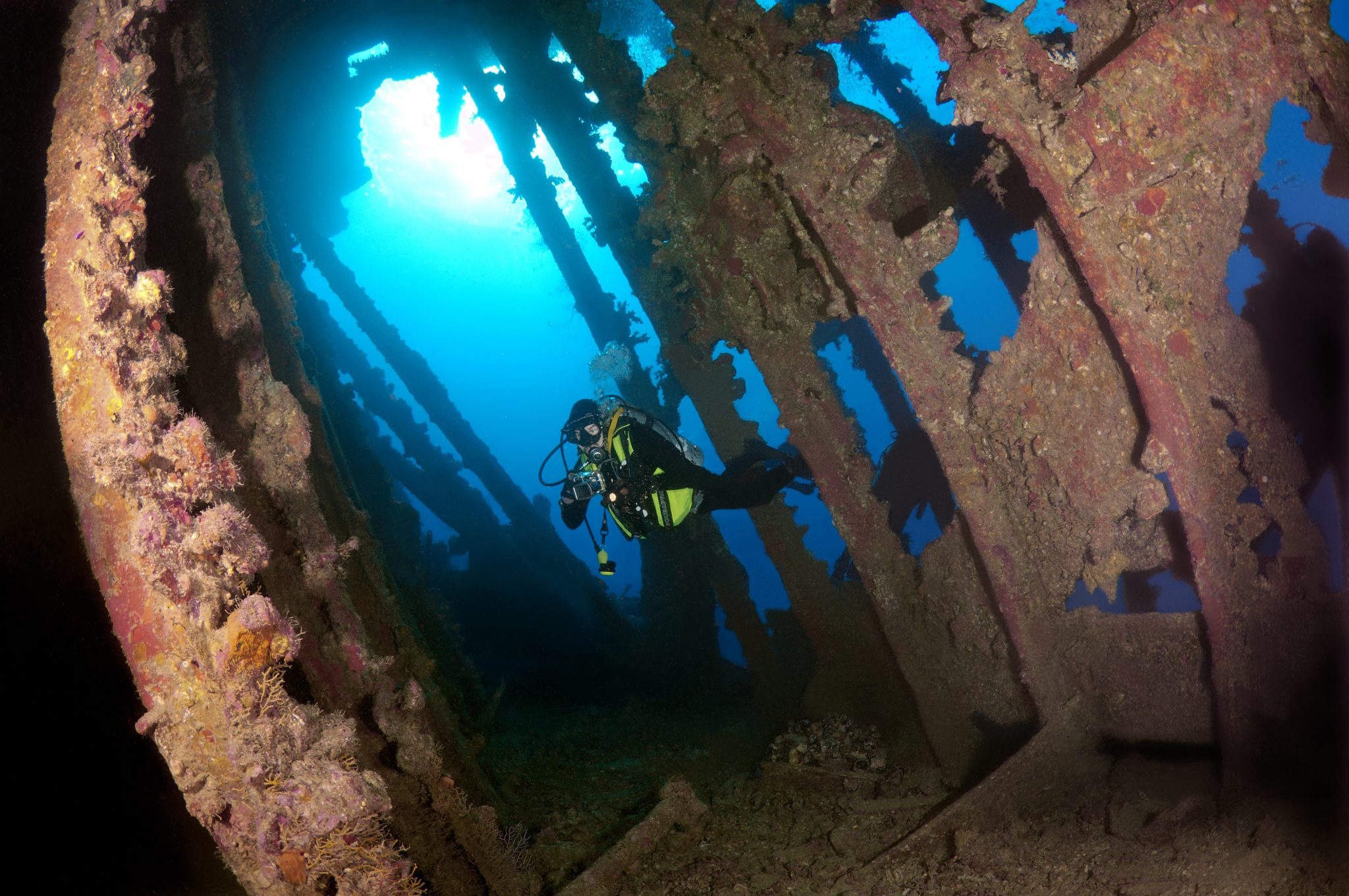
Jake Davies boards Ghazala Explorer for an unforgettable Red Sea diving experience…
The second day’s diving was a day full of wreck diving at Abu Nuhas, which included the Chrisoula K, Carnatic, and Ghiannis D. The first dive of the day was onto the Chrisoula K, also known as the wreck of tiles. The 98m vessel remains largely intact where she was loaded with tiles which can be seen throughout the hold. The stern sits at 26m and the bow just below the surface. One of the highlights of the wreck is heading inside and seeing the workroom where the machinery used for cutting the tiles are perfectly intact. The bow provided some relaxing scenery as the bright sunlight highlighted the colours of the soft coral reef and the many reef fish.
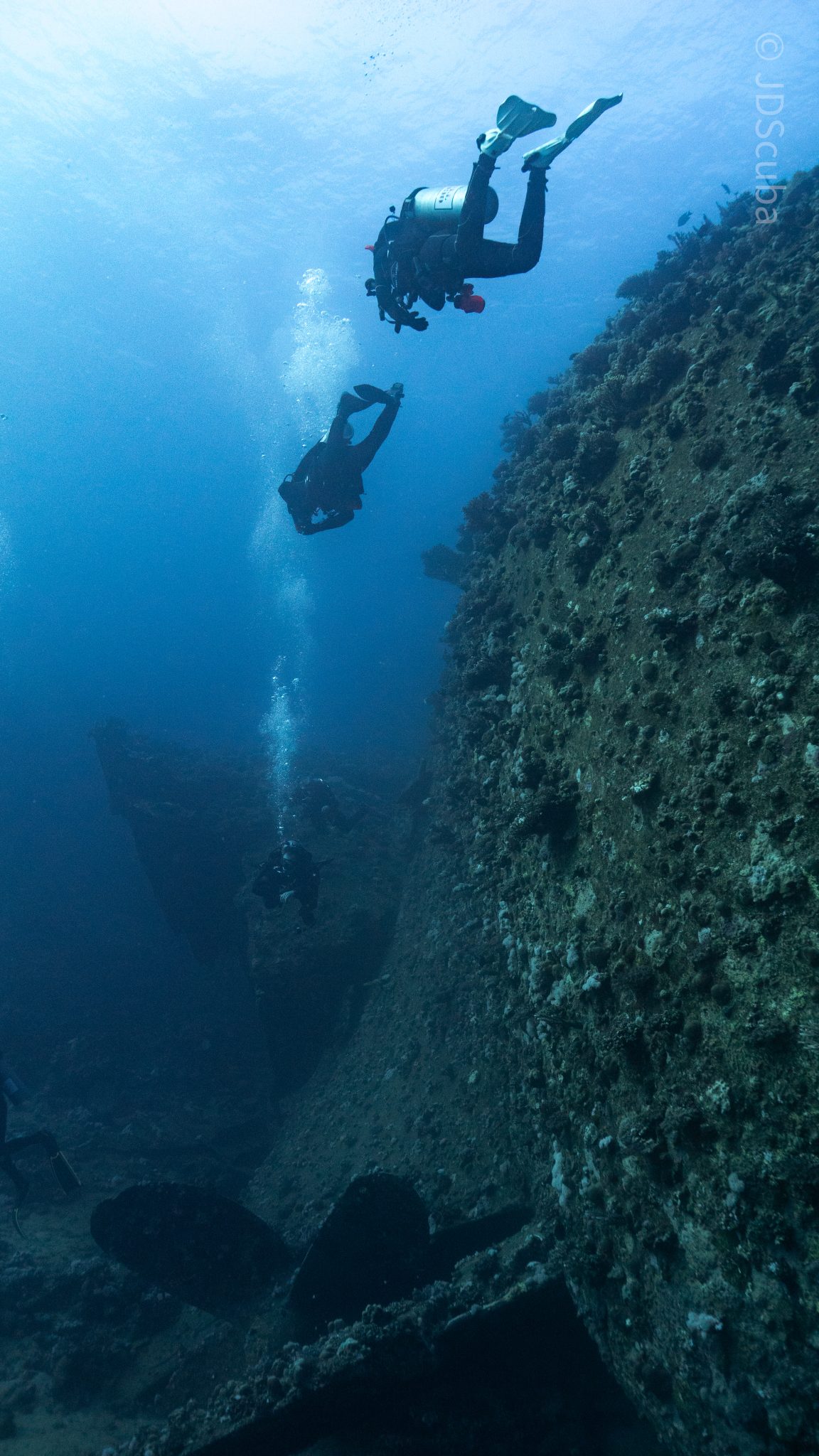
Following breakfast, we then headed to the next wreck, which was the Carnatic. The Carnatic is an 89.9m sail steamer vessel that was built in Britain back in 1862. She ran aground on the reef back in 1869 and remains at 27m. At the time, she was carrying a range of items, including 40,000 sterling in gold. An impressive wreck where much of the superstructure remains, and the two large masts lay on the seafloor. The wooden ribs of the hull provide structures for lots of soft corals, and into the stern section, the light beams through, bouncing off the large shoals of glass fish that can be found using the structure as shelter from the larger predators that are found outside of the wreck.
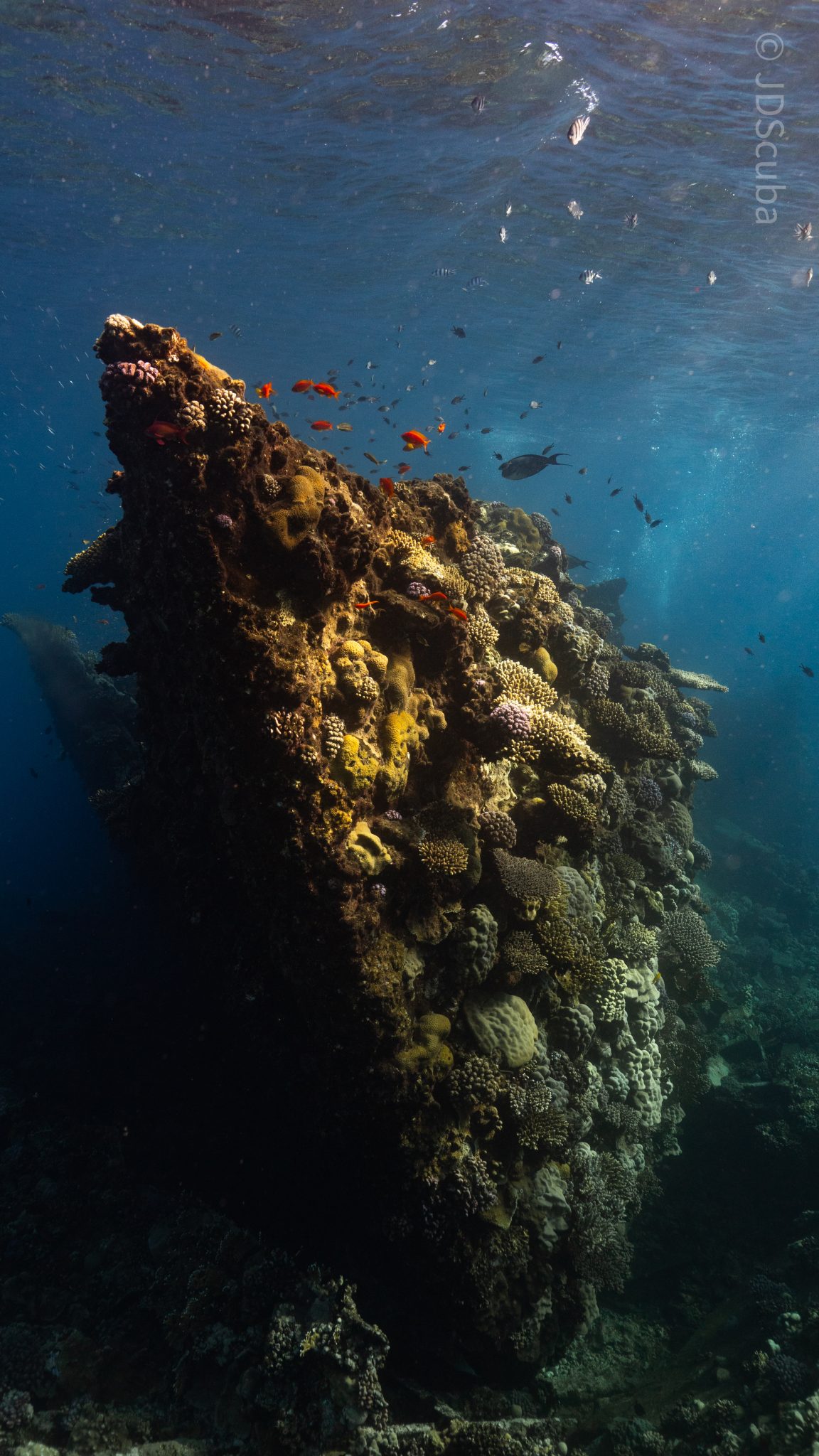
The final wreck at Abu Nuhas was the Ghiannis D, originally called ‘Shoyo Maru,’ which was 99.5m long and built in Japan back in 1969 before becoming a Greek-registered cargo ship in 1980. The ship then ran aground on the reef on April 19th, 1983, and now sits at the bottom at a depth of 27m. Heading down the line, the stern of the ship remains in good condition compared to the rest of the hull. The highlight of the wreck, though, is heading into the stern section and down the flights of stairs to enter the engine room, which remains in good condition and is definitely worth exploring. After exploring the interior section of the ship, we then headed over to see the rest of the superstructure, where it’s particularly interesting to see the large table corals that have grown at the bow relatively quickly considering the date the ship sank. After surfacing and enjoying some afternoon snacks, we made sure everything was strapped down and secured as we would be heading north and crossing the Gulf of Suez, where the winds were still creating plenty of chop.
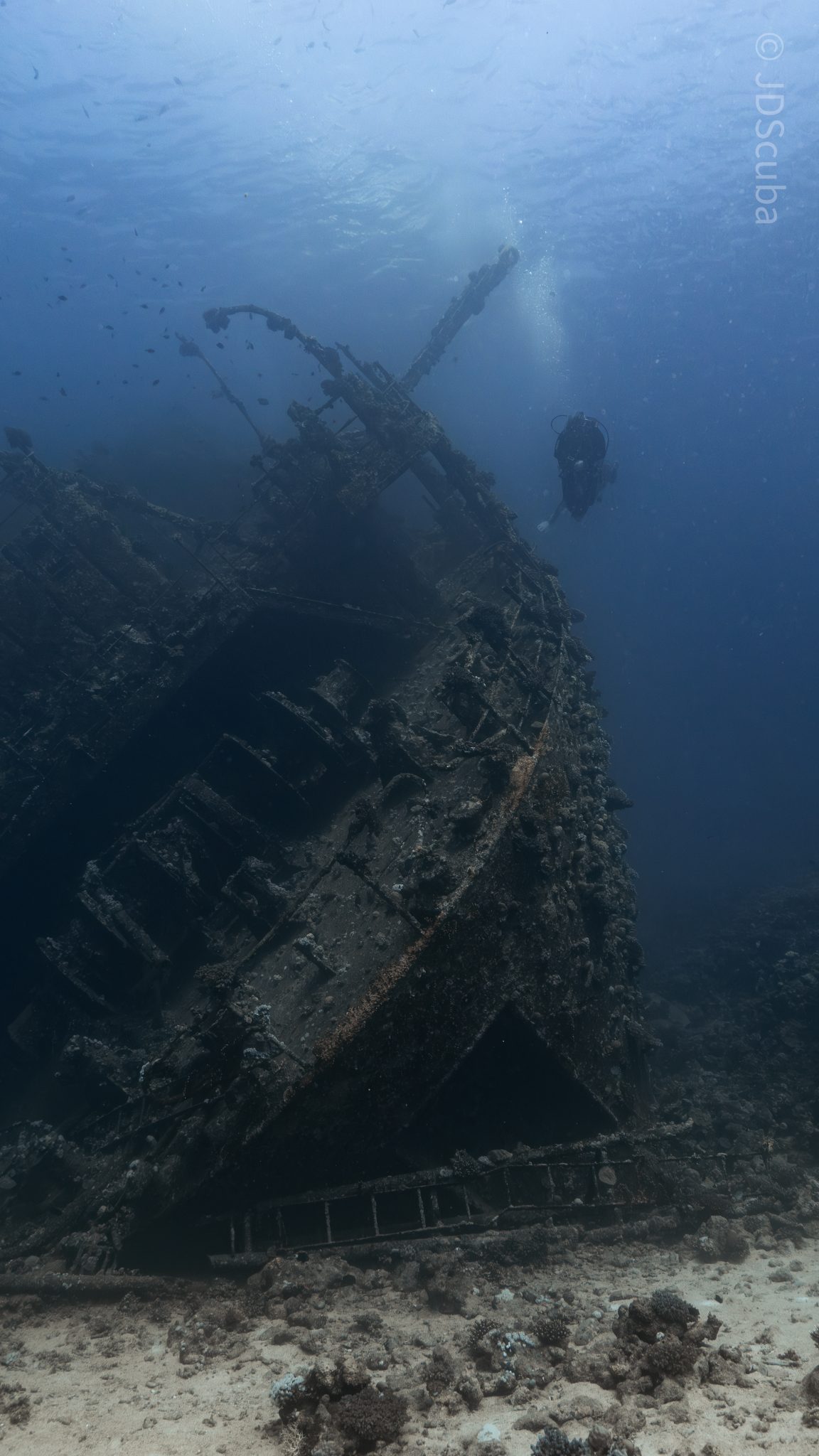
The next morning, it was a short hop to Ras Mohammed Nature Reserve for the next couple of days of diving. The 6am wake-up call came along with the briefing for the first site we would be diving, which was Shark & Yolanda. The low current conditions allowed us to start the dive at Anemone City, where we would drift along the steep, coral-filled wall. These dives involved drifts, as mooring in Ras Mohammed wasn’t allowed to protect the reefs. As a dive site, Shark & Yolanda is well-known and historically had a lot of sharks, but unfortunately not so many in recent years, especially not so early in the season. However, there was always a chance when looking out into the blue.
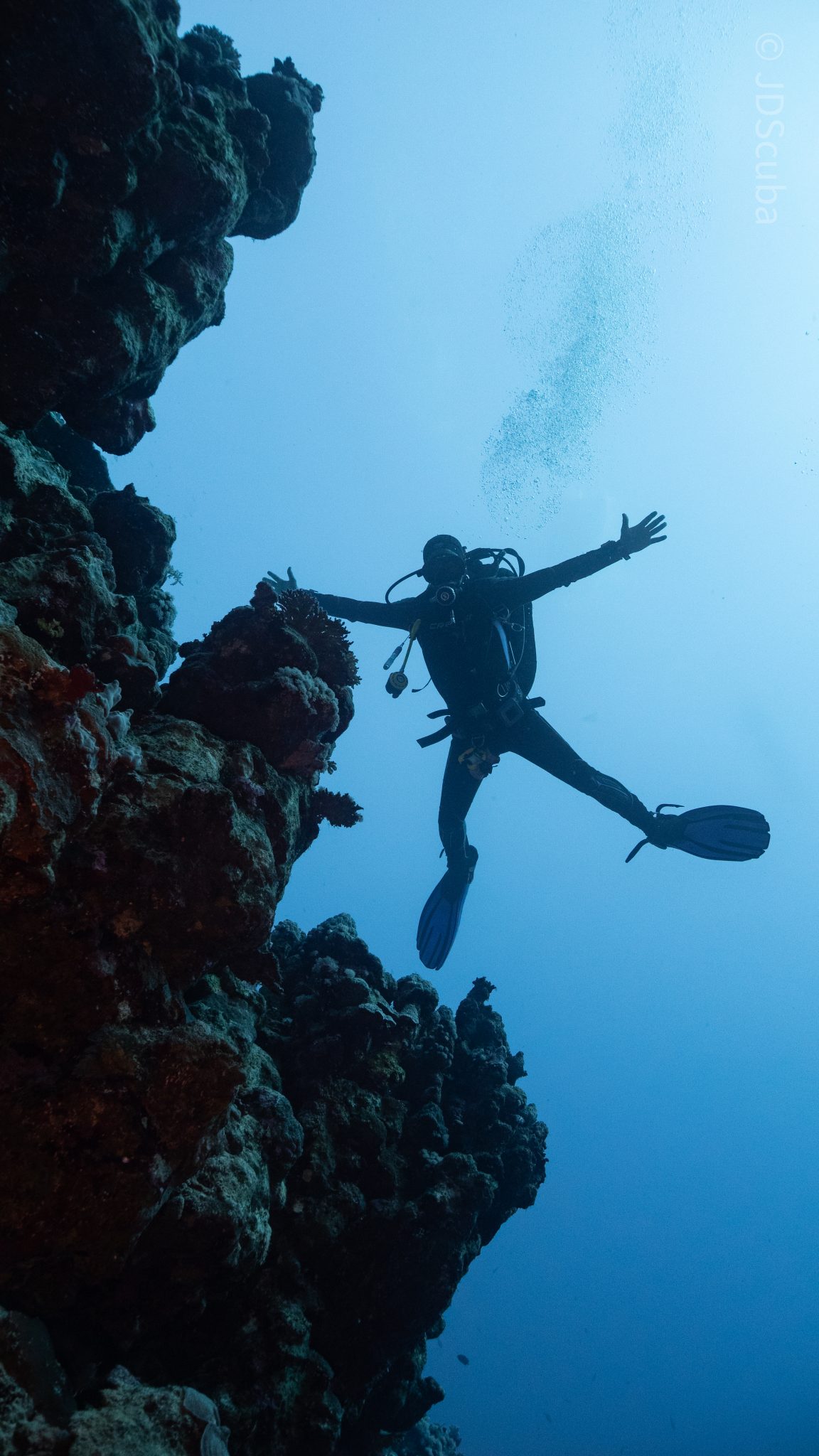
The gentle drift took us along the steep walls of the site, with plenty of anemone fish to be seen and a huge variety of corals. It wasn’t long into the dive before we were accompanied by a hawksbill turtle, who drifted with us between the two atolls before parting ways. Between the two reefs, the shallow patch with parts of coral heads surrounded by sand provided the chance to see a few blue-spotted stingrays that were mainly resting underneath the corals and are always a pleasure to see. With this being the morning dive, the early sunlight lit up the walls, providing tranquil moments. Looking out into the blue, there was very little to be seen, but a small shoal of batfish shimmering underneath the sunlight was a moment to capture as we watched them swim by as they watched us.
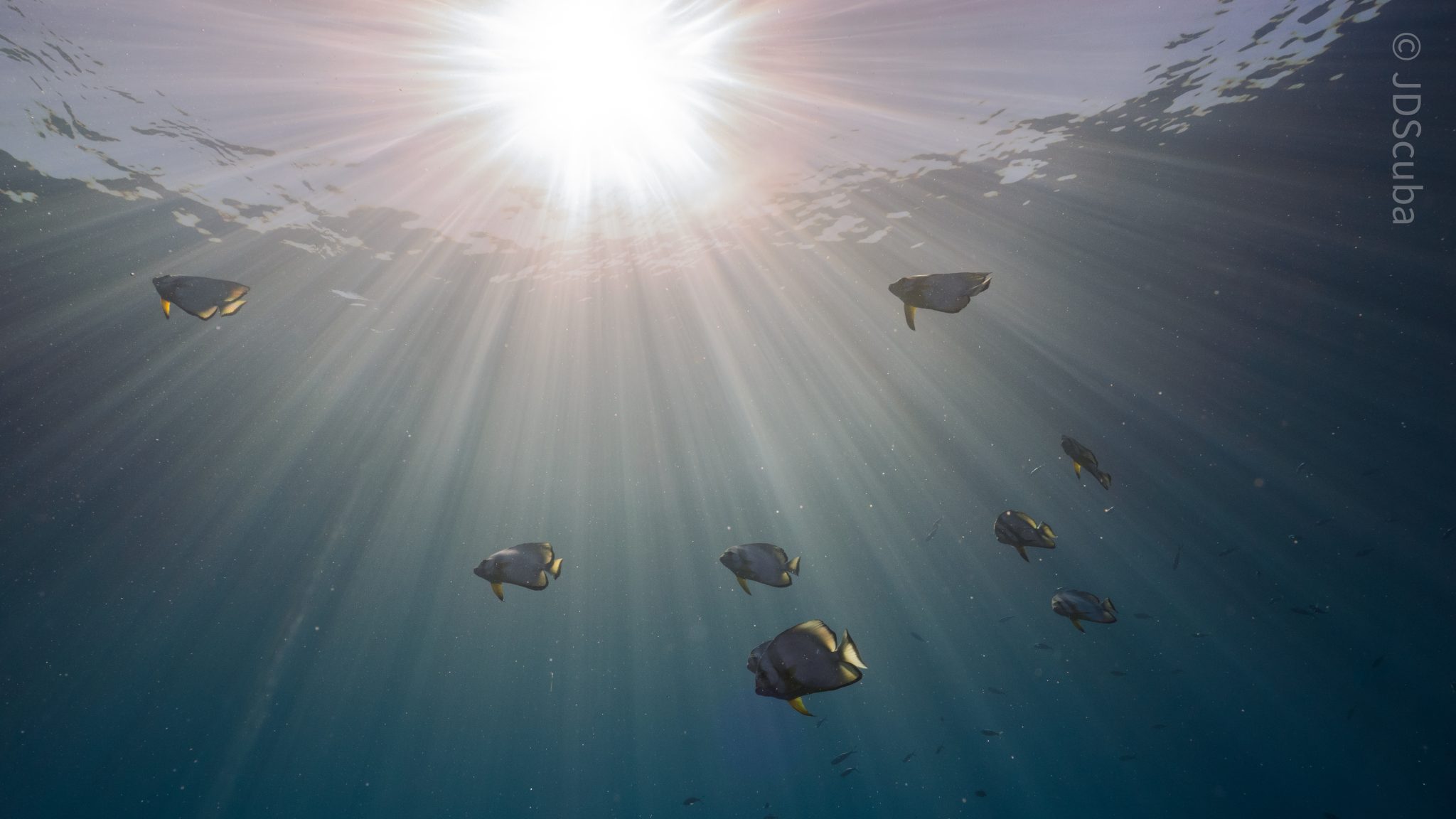
Towards the end of the dive, we stopped at the wreck of the Jolanda where the seafloor was scattered with toilets from the containers it was carrying. This provided a unique site to make a safety stop, which was also accompanied by a large barracuda slowly swimming by, along with a hawksbill turtle calmly swimming over the reef as the sun rays danced in the distance.
For the next dive, we headed north to the Strait of Tiran to explore the reefs situated between Tiran Island and Sharm El Sheik, which were named after the British divers who had found them. We started on Jackson before heading to Gordons Reef, where we also did the night dive. All the atolls at these sites provided stunning, bustling coral reefs close to the surface and steep walls to swim along, which always provided the opportunity to keep an eye out for some of the larger species that can be seen in the blue. Midwater around Jackson Reef was filled with red-toothed triggerfish and shoals of banner fish, which at times were so dense that you couldn’t see into the blue. Moments went by peacefully as we enjoyed the slow drift above the reef, watching these shoals swim around under the mid-afternoon sun.
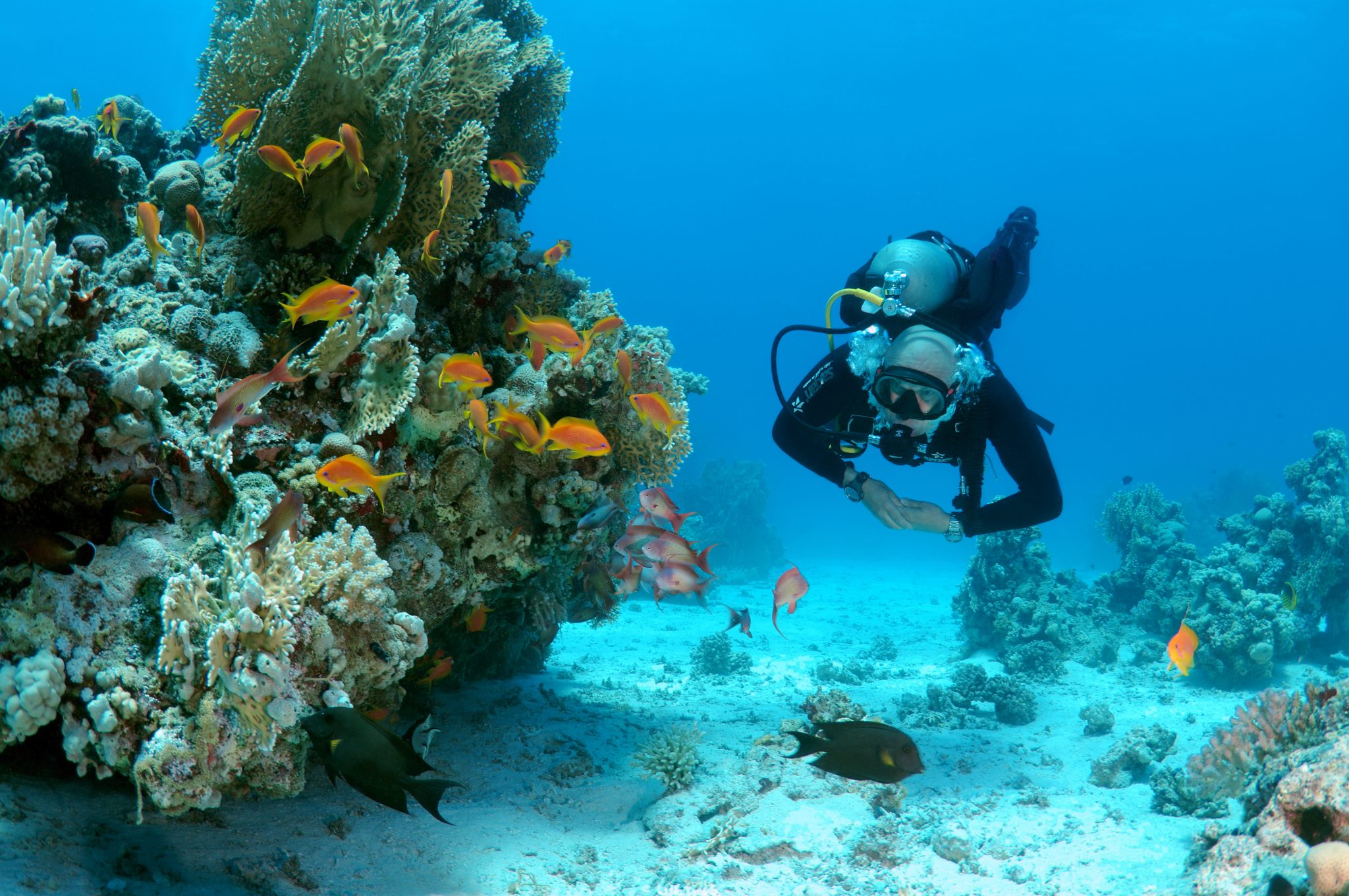
The night dive at Gordon’s Reef was mainly among the stacks of corals surrounded by sand, which was great to explore under the darkness. After some time circling the corals, we came across what we were really hoping to find, and that was an octopus hunting on the reef. We spent the majority of the dive just watching it crawl among the reef, blending into its changing surroundings through changes in colour and skin texture. It’s always so fascinating and captivating to watch these incredibly intelligent animals, in awe of their ability to carry out these physical changes to perfectly blend into the reef. Before we knew it, it was time to head back to the boat to enjoy a well-deserved tasty dinner prepared by the talented chefs onboard.
Check in for the 3rd and final part of this series from Jake tomorrow!
To find out more about the Northern Red Sea reef and wrecks itineraries aboard Ghazala Explorer, or to book, contact Scuba Travel now:
Email: dive@scubatravel.com
Tel: +44 (0)1483 411590
Photos: Jake Davies / Avalon.Red
Marine Life & Conservation
Double Bubble for Basking Sharks
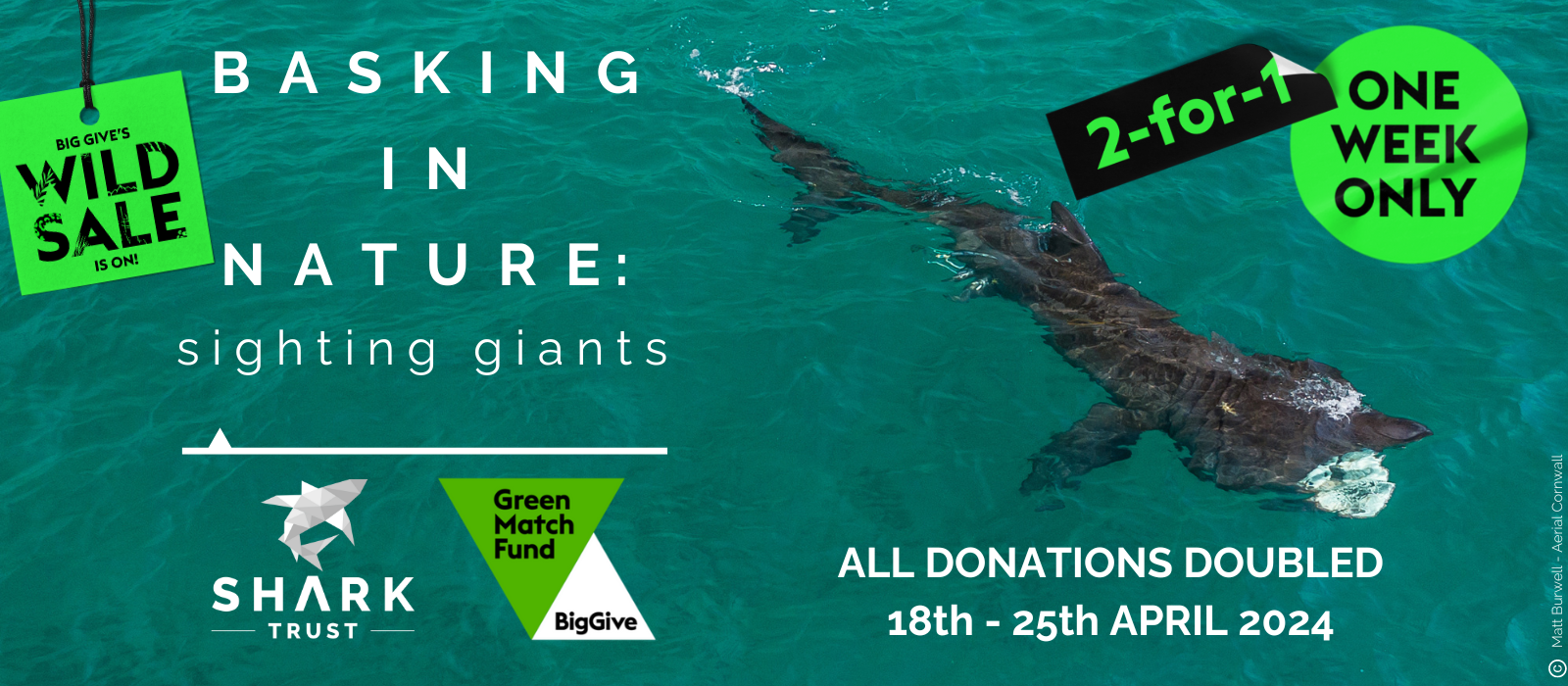
 The Shark Trust is excited to announce that, for two more days only, all donations, large or small, will be doubled in the Big Give Green Match Fund!
The Shark Trust is excited to announce that, for two more days only, all donations, large or small, will be doubled in the Big Give Green Match Fund!
Donate to Basking in Nature: Sighting Giants
The Shark Trust is hoping to raise £10k which will be doubled to £20k. This will go towards Basking in Nature: Sighting Giants. And they need YOUR help to reach they’re goal.
The Shark Trust’s citizen science project is to monitor and assess basking sharks through sightings; encouraging data collection, community engagement, and promoting nature accessibility. This initiative aims to enhance health and wellbeing by fostering a deeper connection with British Sharks.
Campaign Aims
- Increase citizen science reporting of Basking Sharks and other shark sightings to help inform shark and ray conservation.
- Provide educational talks about the diverse range of sharks and rays in British waters and accessible identification guides!
- Create engaging and fun information panels on how to ID the amazing sharks and rays we have on our doorstep! These can be used on coastal paths around the Southwest. With activities and information on how you can make a difference for sharks and rays!
- Promote mental wellbeing through increasing time in nature and discovering the wonders beneath the waves!
Donate, and double your impact. Click Here
-
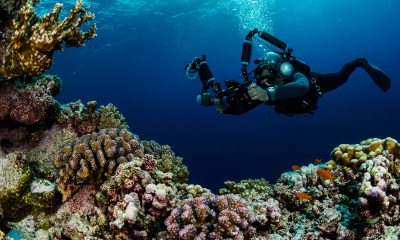
 News3 months ago
News3 months agoHone your underwater photography skills with Alphamarine Photography at Red Sea Diving Safari in March
-
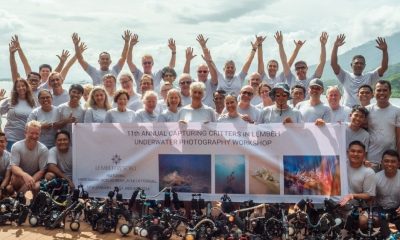
 News3 months ago
News3 months agoCapturing Critters in Lembeh Underwater Photography Workshop 2024: Event Roundup
-
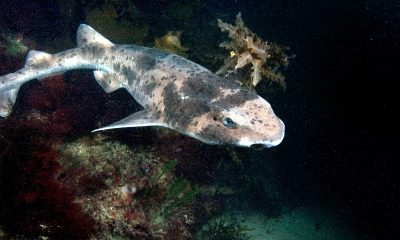
 Marine Life & Conservation Blogs2 months ago
Marine Life & Conservation Blogs2 months agoCreature Feature: Swell Sharks
-

 Blogs2 months ago
Blogs2 months agoMurex Resorts: Passport to Paradise!
-
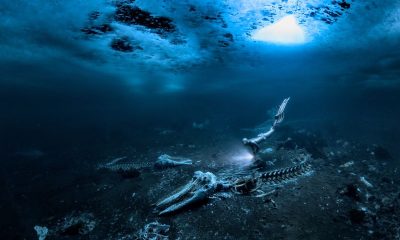
 Blogs2 months ago
Blogs2 months agoDiver Discovering Whale Skeletons Beneath Ice Judged World’s Best Underwater Photograph
-

 Gear Reviews2 months ago
Gear Reviews2 months agoGear Review: Oceanic+ Dive Housing for iPhone
-
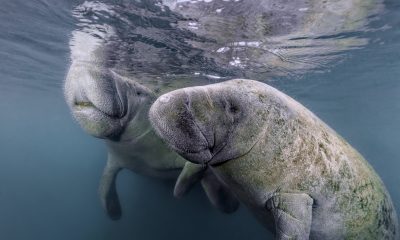
 Marine Life & Conservation2 months ago
Marine Life & Conservation2 months agoSave the Manatee Club launches brand new webcams at Silver Springs State Park, Florida
-
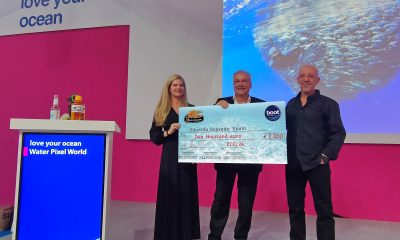
 News3 months ago
News3 months agoWorld’s Best Underwater Photographers Unveil Breathtaking Images at World Shootout 2023



